Gem Profile- Fluorite
Known as "the most colorful mineral in the world," fluorite is found in a transparent to a translucent rainbow of pastel shades that resemble watercolors. These natural colors include from deep purple to pale violet, blues, pinks, yellow, and brown, all hues of green through teal and colorless or white.
Many, single specimens of fluorite include several of these colors in stripes or bands, called zones. Multi-colored fluorite with this beautiful feature is aptly named "Rainbow Fluorite." This mineral's crystal structure is pretty amazing too, geometrically growing in a variety of cubic, rhombdodecahedral or octahedral shapes. As fluorite is a member of the halide mineral group, if you don't have a fluorite crystal to look at, maybe you have a bag of rock salt whose crystals are basically formed in the same shapes. To view some really amazing specimens of fluorite from the world-renowned Elmwood Mine in Tennessee, please follow this link: Elmwood Fluorite.
Unfortunately, there is only one piece of Elmwood Fluorite in my personal collection, but it is a beauty!
and
Pictured a collection of octahedral (8-sided) fluorite crystals. Private collection, Dale Armstrong.
Unfortunately, there is only one piece of Elmwood Fluorite in my personal collection, but it is a beauty!
and
Pictured a collection of octahedral (8-sided) fluorite crystals. Private collection, Dale Armstrong.


Illinois' state stone, commercially known as fluorspar, fluorite is composed of calcium and fluorine and it is the most important source of the world's fluorine. Due to the fact that fluorite melts very easily, the name "fluorite" comes from the Latin fluere, which means "to flow." As such, the mineral fluorite is used industrially as a flux during the process of smelting iron, aluminum, steel and other metal alloys. It is also used in the manufacturing of certain types of porcelain, enamel and glass products. Reconstituted, transparent fluorite has been used to make special optical items like telescope and camera lenses in the recent past; however, modern technology now often replaces this product with synthetics.
A really nice specimen of massive, cubic fluorite from Hardin County, Illinois. Private collection, Anne Hass.
A really nice specimen of massive, cubic fluorite from Hardin County, Illinois. Private collection, Anne Hass.

Believe it or not, organic fluoride chemicals are present in lipstick! As well as many other items we use every day including dyes, herbicides, medicines, and anesthetics, along with refrigerants, plastics, and degreasing agents. Yes, fluorite is much more than just a pretty lapidary material.
40mm Rainbow Fluorite wire wrapped by Monica Padin, who wrote "When I saw the stone it was love at first sight, and a heavy price tag in London to acompany it. The wire sculpture is done reversible in 14kt gold fill and Silver. I call it Havanera for all the glitz."
40mm Rainbow Fluorite wire wrapped by Monica Padin, who wrote "When I saw the stone it was love at first sight, and a heavy price tag in London to acompany it. The wire sculpture is done reversible in 14kt gold fill and Silver. I call it Havanera for all the glitz."

If you are a glass artist, then you probably know that the compound hydrofluoric acid is made by combining fluorite with hydrogen. Commercially, this special acid is used to etch or polish glass and to clean specific metals before plating. Hydrofluoric acid is also used in making rocket fuel. However, hydorofluoric acid is a very poisonous substance, deadly to breathe and corrosive to human skin.
Pictured:
"Chasing Rainbows" is a rainbow fluorite stone wire wrapped in sterling silver and enhanced with Swarovski crystals by Linda Pope.
and
A simple but beautiful collection of rainbow fluorite beads, combined with a bit of wire to make a summertime necklace design by Dale Cougar Armstrong.
Pictured:
"Chasing Rainbows" is a rainbow fluorite stone wire wrapped in sterling silver and enhanced with Swarovski crystals by Linda Pope.
and
A simple but beautiful collection of rainbow fluorite beads, combined with a bit of wire to make a summertime necklace design by Dale Cougar Armstrong.


With a Mohs hardness of 4.0, glassy appearance and being available in so many different color combinations, fluorite has been a favorite carving medium for centuries. Fluorite will also cleave easily, breaking into smaller, flat shapes identical to the original crystal. Unfortunately because it is such a fragile and soft material, many fluorite artifacts have been found damaged. Some of these items include effigies from South America (there are a lot of fluorite mines in Peru) carved vessels and statuary found in the area of Pompeii and carved scarabs and beads from early China. Early Rome fell in love with the many colors of fluorite and its citizens believed that cups carved of purple fluorite worked the same as those made of amethyst, meaning that one would be protected from intoxication while drinking wine from them. The best known fluorite of all time is called Blue John from Castleton, England. This beautiful translucent material with elaborate bands of blues, purple, and white was mined from the mid 1700s until the deposit depleted. Antique collectors are very familiar with resin-treated John Blue fluorite, it having been used as the bases of ornamental lamps, goblets, bowls, and ornamental vases for England's great mansions. Queen Elizabeth II still owns a magnificent chalice made of this John Blue material. Even today, large vases and vessels are carved from fluorite, as well as small to miniature ornamental pieces.
A small statue of Buddha, carved out of multi-color fluorite. Private collection, Skye Thompson.
A small statue of Buddha, carved out of multi-color fluorite. Private collection, Skye Thompson.

Did you know that the terms fluoresce and fluorescent were derived from the word fluorite? In the world of fluorescent minerals, fluorite is king! You can see some fluorite under both types of UV lights by visiting The Colorful World of Fluorescent Rocks. (Video to be posted soon)
Jackie Morris created these wire wrapped earring and necklace sets using various colors of fluorite beads.
Jackie Morris created these wire wrapped earring and necklace sets using various colors of fluorite beads.


Due to the facts that fluorite is soft and cleaves easily, it not the best choice of lapidary material for any jewelry design that will be worn in a high traffic area, like a bracelet, ring or anklet. Basically the safest use of fluorite in jewelry is to make it into a pendant, necklace, earrings, cuff links, a tie tac, or a brooch. However, there are some folks in the state of Illinois who purposely cleave fluorite to be used in costume jewelry, just as it breaks. If you have an extra crystal laying around, hit it with a hammer and see what happens - fun!
A few fluorite carvings, meant to be made into jewelry designs. These range in size from 1 to 1-1/2 inches long/tall. Private collection, Dale Armstrong.
A few fluorite carvings, meant to be made into jewelry designs. These range in size from 1 to 1-1/2 inches long/tall. Private collection, Dale Armstrong.

The metaphysical world is full of information about how to use fluorite. It is said to increase the ability to concentrate and to help one organize their life. Fluorite also is said to encourage flawless health, intellect, and emotional well-being.
Metaphysical "wands" of fluorite that I enjoy "caging" with wire, like a crystal.
Metaphysical "wands" of fluorite that I enjoy "caging" with wire, like a crystal.

Resources
Print Resources:
Love Is in The Earth by Melody, ISBN 0-962-81903-4
Minerals of the World by Walter Schumann, ISBN 0-8069-8570-4
Peterson Field Guide - Rocks and Minerals by Frederick H. Pough, ISBN 0-395-91096-X
Internet Resources:
www.wikipedia.org
Print Resources:
Love Is in The Earth by Melody, ISBN 0-962-81903-4
Minerals of the World by Walter Schumann, ISBN 0-8069-8570-4
Peterson Field Guide - Rocks and Minerals by Frederick H. Pough, ISBN 0-395-91096-X
Internet Resources:
www.wikipedia.org
Materials

Wire

35MM Faceted Fluorite Pendant in Sterling Silver Setting
E3-112
- Lesson Quantity: 1.00 pieces
- Purchase Quantity: 1.00 each
- Price: $4.00
- Gold Club Price: $3.00
Tools

Ultimate wire-pliers Set
G15-20
- G15-20
- Lesson Quantity: 1.00 pieces
- Purchase Quantity: 1.00 each
- Price: $99.95
- Gold Club Price: $74.96

Bench Tools
- Category: General Education
- Technique(s): General Education






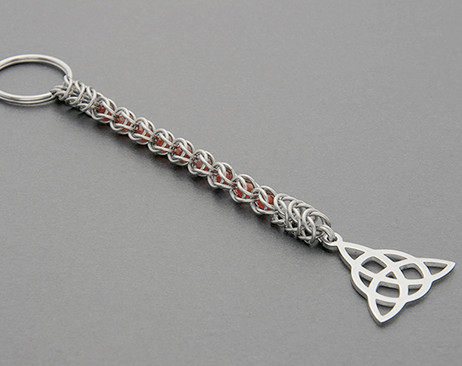
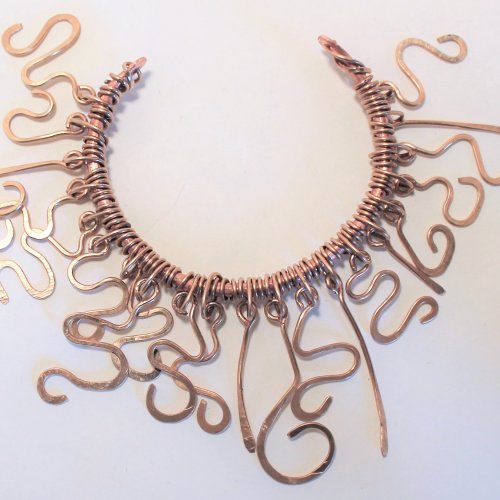
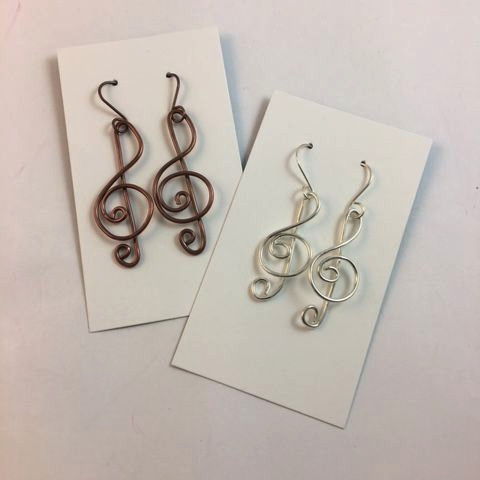

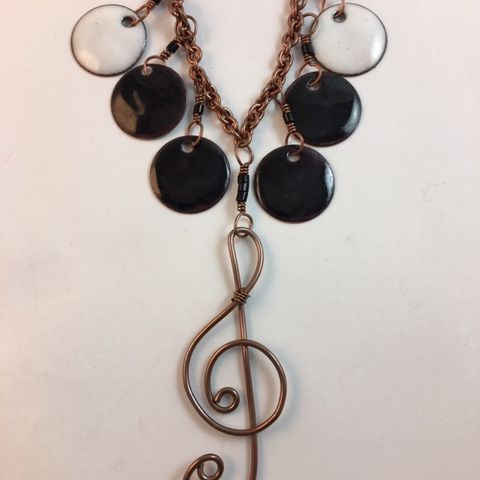
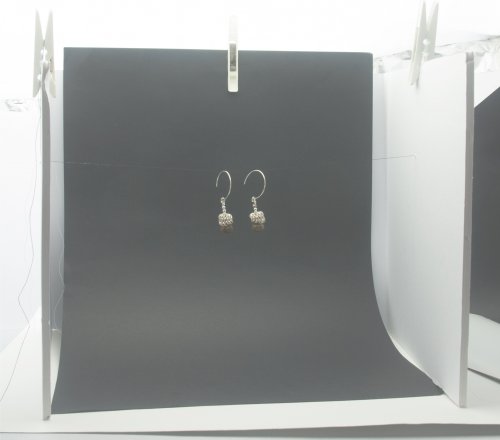

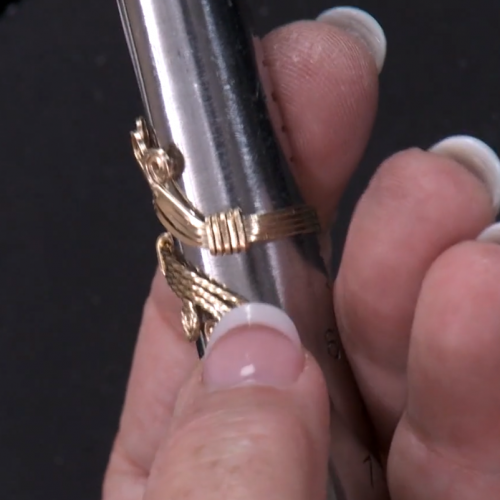

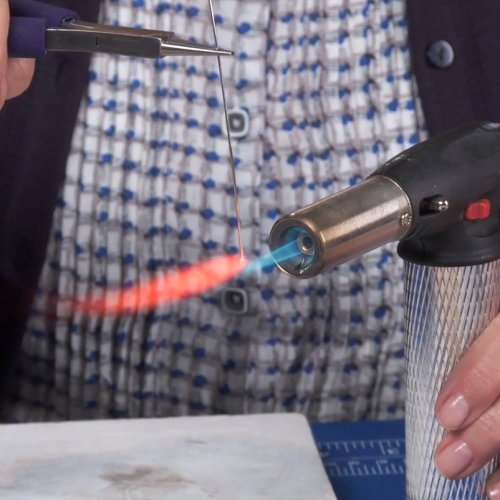

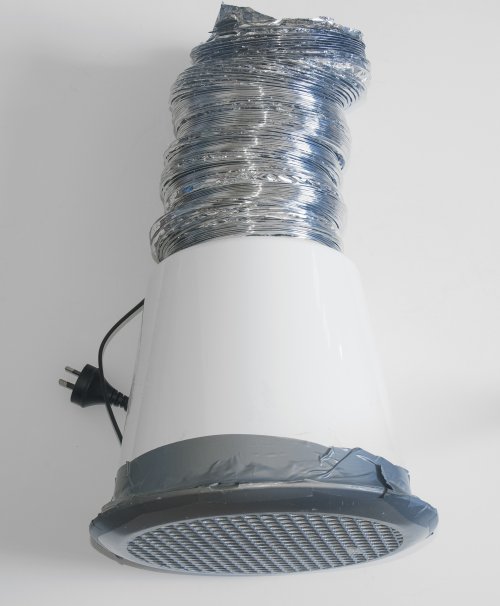
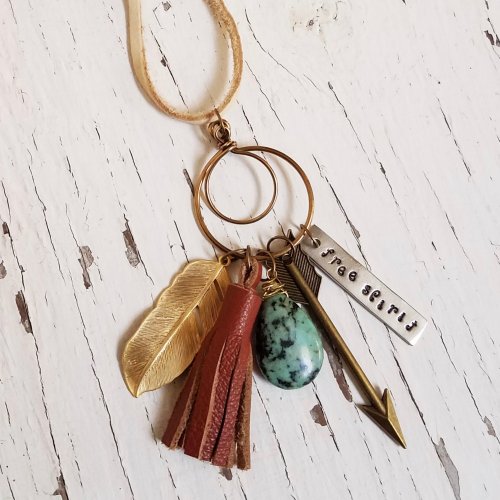
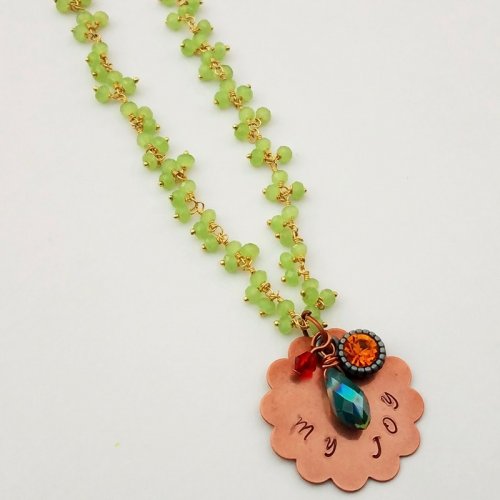
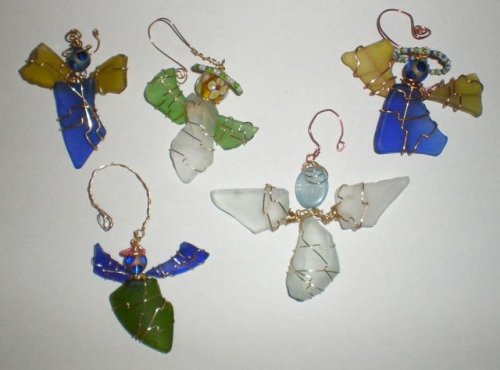
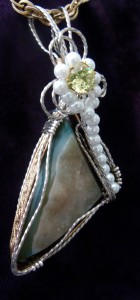
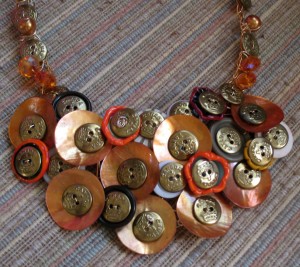
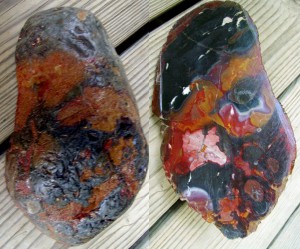 Gem Profile- Beautifully Colored Jasper
Gem Profile- Beautifully Colored Jasper Gem Profile- Common Opal
Gem Profile- Common Opal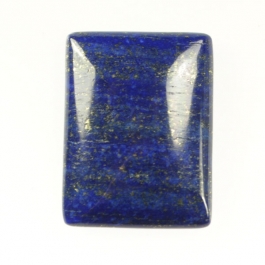 Gem Profile- Lapis Lazuli
Gem Profile- Lapis Lazuli Wire Sculpture Expert Dale -Cougar- Armstrong Interview
Wire Sculpture Expert Dale -Cougar- Armstrong Interview Getting Twisted - Jewelry Making Tools
Getting Twisted - Jewelry Making Tools How to Price Your Wire Jewelry
How to Price Your Wire Jewelry How to Measure Gemstones for Settings
How to Measure Gemstones for Settings Cool Anklets are HOT
Cool Anklets are HOT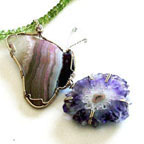 Inspiration Comes from Everywhere and Every Thing
Inspiration Comes from Everywhere and Every Thing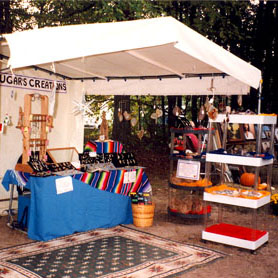 Wire Jewelry Display and Booth Ideas
Wire Jewelry Display and Booth Ideas Where to Sell Your Wire Jewelry
Where to Sell Your Wire Jewelry How to Choose Wire Temper for Making Jewelry
How to Choose Wire Temper for Making Jewelry What Gauge of Wire Should I Use to Make Jewelry
What Gauge of Wire Should I Use to Make Jewelry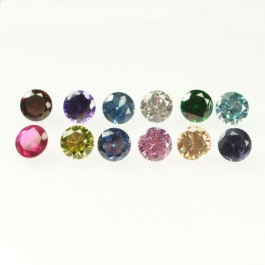 What's a Cubic Zirconia Stone
What's a Cubic Zirconia Stone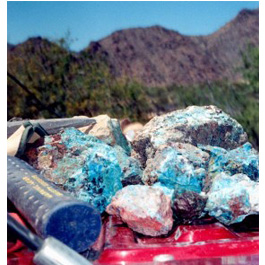 Rockhounding - A Beginner's Guide
Rockhounding - A Beginner's Guide What Shape of Wire Should I Use to Make Jewelry
What Shape of Wire Should I Use to Make Jewelry Gem Profile- Bloodstone
Gem Profile- Bloodstone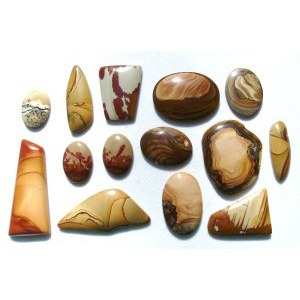 Gem Profile- Picture Jasper
Gem Profile- Picture Jasper Gem Profile- Patterned Jaspers
Gem Profile- Patterned Jaspers Gem Profile- What is Jasper
Gem Profile- What is Jasper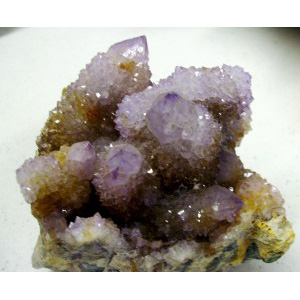 Gem Profile- Quartz Introduction
Gem Profile- Quartz Introduction Gem Profile- Wishful Turquoise
Gem Profile- Wishful Turquoise Gem Profile- Amethyst
Gem Profile- Amethyst Gem Profile- Obsidian
Gem Profile- Obsidian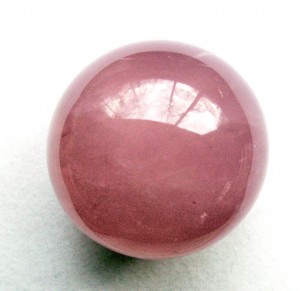 Gem Profile- Rose Quartz
Gem Profile- Rose Quartz Gem Profile- Smoky Quartz
Gem Profile- Smoky Quartz Gem Profile- Citrine and Ametrine
Gem Profile- Citrine and Ametrine Gem Profile- Labradorite
Gem Profile- Labradorite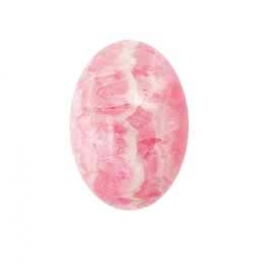 Gem Profile- Rhodochrosite
Gem Profile- Rhodochrosite Gem Profile- Moonstone
Gem Profile- Moonstone Gem Profile- Prehnite
Gem Profile- Prehnite Gem Profile- Jade
Gem Profile- Jade Gem Profile- Amazonite
Gem Profile- Amazonite Gem Profile- Corundum
Gem Profile- Corundum Gem Profile- Quartz with Inclusions Part 1
Gem Profile- Quartz with Inclusions Part 1 Gem Profile- Quartz with Inclusions Part 2
Gem Profile- Quartz with Inclusions Part 2 Gem Profile- Aventurine
Gem Profile- Aventurine Gem Profile- Macrocrystalline Quartz
Gem Profile- Macrocrystalline Quartz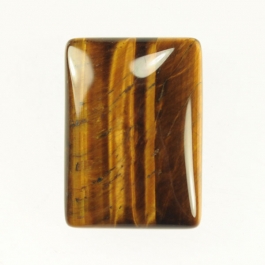 Gem Profile- Tiger Eye
Gem Profile- Tiger Eye Gem Profile- Fire Agate and Iris Agate
Gem Profile- Fire Agate and Iris Agate Gem Profile- Amber
Gem Profile- Amber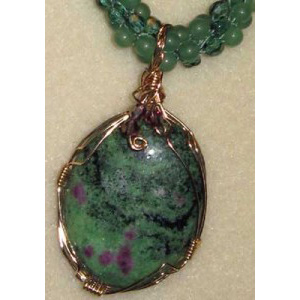 Gem Profile- Ruby Zoisite
Gem Profile- Ruby Zoisite Gem Profile- Ruby Fuchsite
Gem Profile- Ruby Fuchsite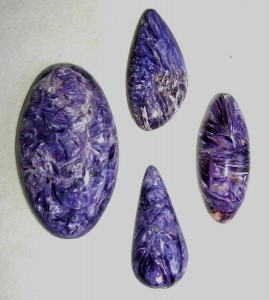 Gem Profile- Charoite
Gem Profile- Charoite Gem Profile- Moldavite
Gem Profile- Moldavite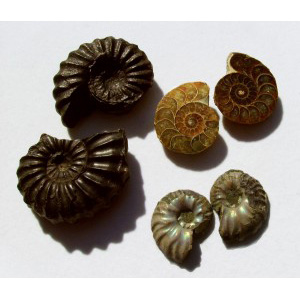 Gem Profile- Ammolite
Gem Profile- Ammolite Gem Profile- White Precious Opal
Gem Profile- White Precious Opal Gem Profile- Opalized Fossils
Gem Profile- Opalized Fossils Gem Profile- Boulder Opal
Gem Profile- Boulder Opal Gem Profile- Black Precious Opal
Gem Profile- Black Precious Opal Gem Profile- Pyrite
Gem Profile- Pyrite Gem Profile- Opal Introduction
Gem Profile- Opal Introduction


